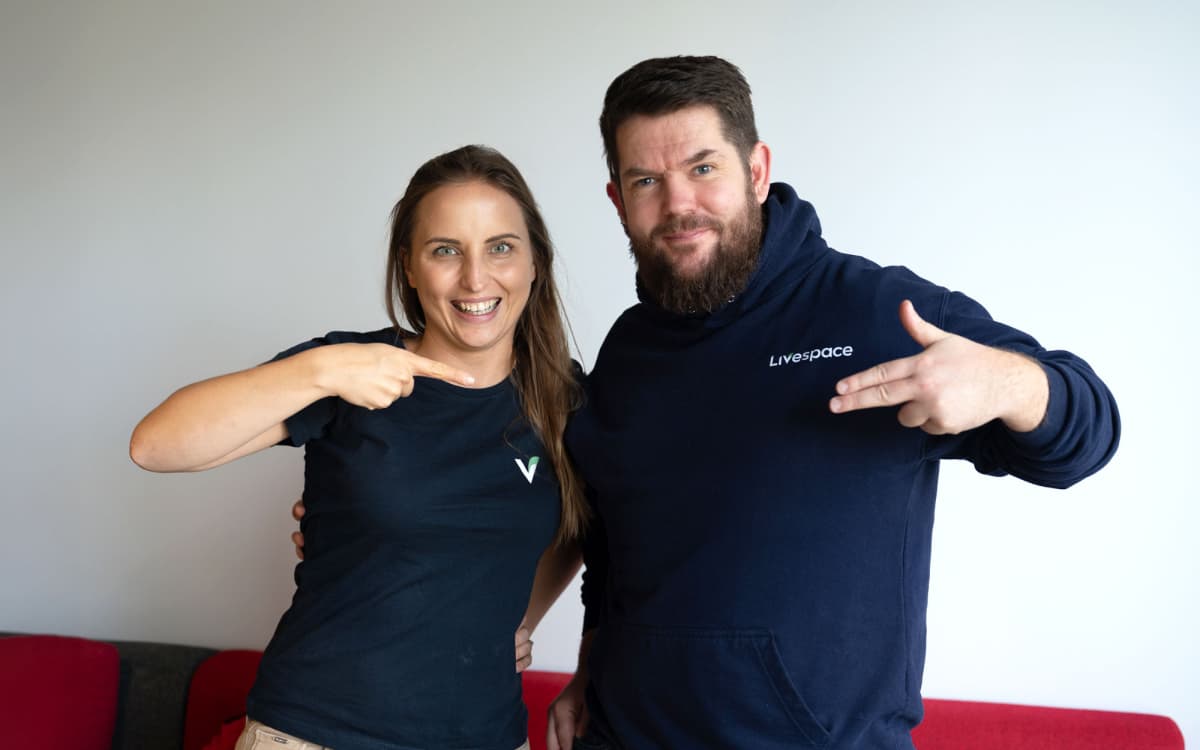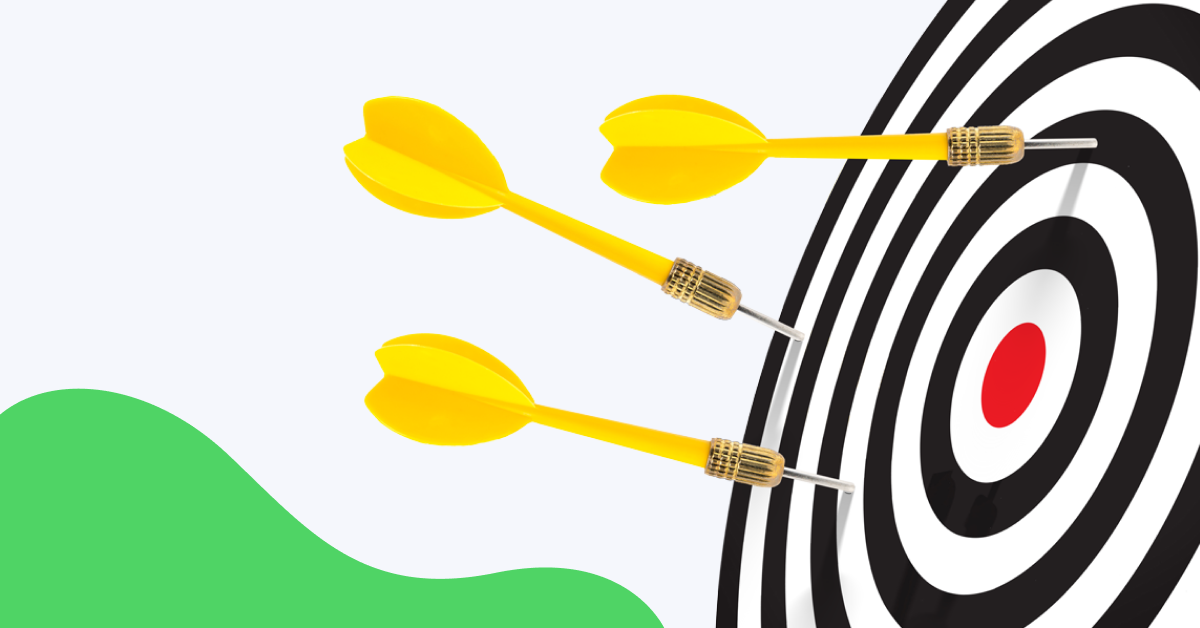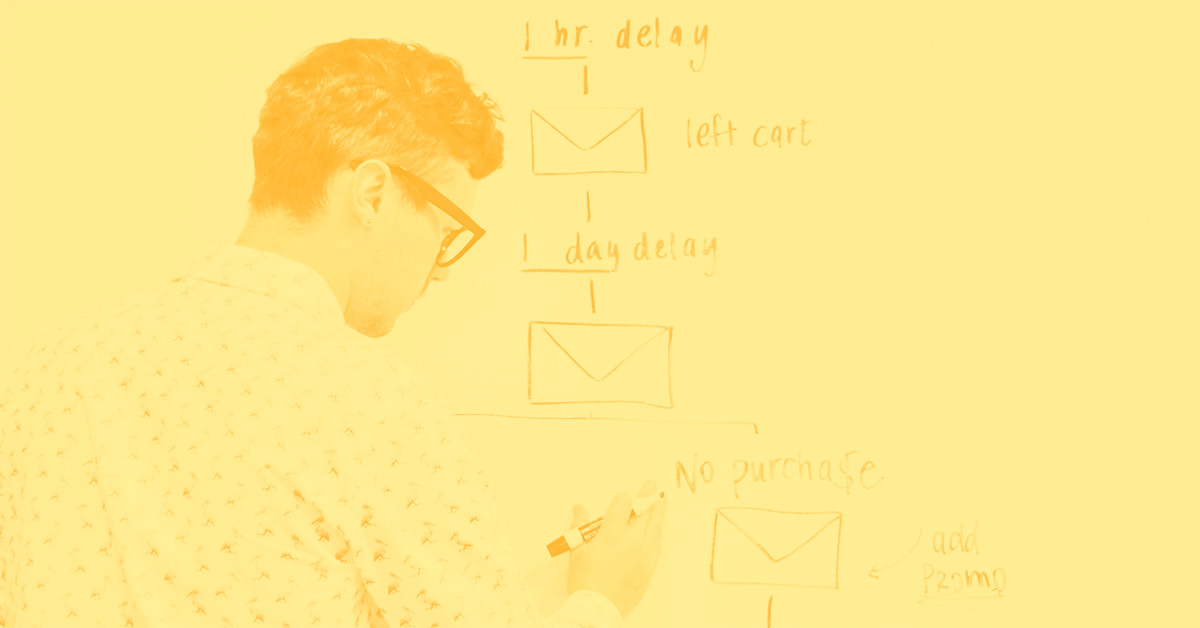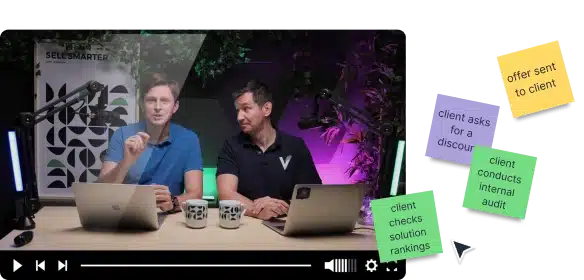How to sell more to the same customers: cross-selling and up-selling in the context of a CRM system
Michał Skurowski
When looking for opportunities to increase sales, we often wonder how to gain new customers. Studies show that it is more expensive to sell something to a new customer than to an old one – even 5–25 times more expensive. Today we will discuss two popular techniques: cross-selling and up-selling. In addition to theory, we will focus on the practical applications of these techniques in working with CRM.
In both these techniques, the most important element are the right strategy and knowledge of customers, because cross-selling and up-selling work best when they are the natural consequence of a customer’s purchasing decision.
What is cross-selling
Cross-selling means sales of a related product after the customer has made a purchase. We may come across this at many places, e.g., when we fill up the car at a gas station, at the counter the salesclerk offers us windshield washer fluid, and if we ask for a sandwich, they also offer us coffee. From the sales point of view, this proposition is very safe as it should not affect the purchase of the primary product or service.
The situation is similar in online stores – when we choose a book, we also learn that the customers who bought it additionally decided to buy another one, e.g., on a related subject or from a similar category. Often, these additional goods have a much higher margin. For example, at said gas station, the windshield washer fluid is usually sold under the station’s own brand because it is of little importance and the transaction is an impulse buy.
What is up-selling
This technique is often used before the final purchasing decision is made. Up-selling consists in offering an improvement or solution of a higher class than what a customer wants to buy. For instance, if the customer wants to buy a laptop and is offered a better model (only 200 złoty more, but with bigger memory), or an additional benefit in the form of extended warranty.
Another example is when we want to buy a new car and the salesperson tries to talk us into a higher model or at least a better version of equipment. Next, the salesperson asks us questions, e.g., about our lifestyle. If we like to listen to music, then we should definitely pay extra for a Bose set of speakers. And if we have a small child, we will not be able to do without a dual-zone air-conditioning system to avoid blowing cold air into the child’s face when we feel hot.
In both techniques, the most important element is the appropriate context for the use of the product/service, which refers to the real situation of the customer. Therefore, it is crucial to look as broadly as possible at the customer’s needs, and to delve a little further into their world.
How to use cross-selling and up-selling
Below we present proven methods that will help you prepare for the introduction of the cross- and up-selling techniques at your company:
1. Get to know your customers
You are probably familiar with the concept of a buyer persona, but it is worth emphasizing once again how important it is to get to know the customers who have already bought your product. Use the collected data about your customers, as well as feedback, and, on this basis, develop the key personas. This will help you understand their goals and needs, and then identify the products that are the most useful to them and that you can (additionally) sell to them.
2. Design the ‘customer journey’
Map the path of your customer’s behaviors to understand how they will use your product. Try to indicate the moment when your customer can see measurable results achieved thanks to your product – this is the point where it is worth presenting the offer to sell an additional product.
3. Address the products to the customer’s individual problems
Before you grab your phone or go to your email to try to additionally sell something to an existing customer, take a moment to review the offer of products and identify those that will solve their problems. This way you can be sure that you are offering a product that your customer really needs – and the customer will surely appreciate it.
4. Practice active listening
You never know when an opportunity will present itself to cross-sell or up-sell. You may get the unexpected chance to make additional sales during a phone call regarding a completely different subject, or when you travel by train. Practice the ability to listen actively, and react quickly. If the customer expresses their willingness to expand the possibilities or mentions additional needs, it may be time to discuss how your other products can meet these.
Cross-selling and up-selling in the context of a CRM system
Especially in B2B, neither cross-selling nor up-selling have to happen only at the moment of purchase by the customer – the business model does not always allow this. Here is the most popular example: At McDonald’s, it suffices when they ask us whether we want to enlarge the set for only 2 złoty. In the case of, e.g., an interactive agency, with a website executed for 100 thousand złoty, an additional sale of maintenance services and hosting for 20 thousand złoty per month is no longer so simple.
If we want to build a lasting relationship with the customer, we will want to increase the frequency of their purchases as well as contacts. It is important that the system we use support us in these assumptions.
First of all, in CRM, we should keep all the information about the customer, their purchases, needs, and the current situation. It is good practice to determine what exactly we want to know about our contacts and to use every opportunity in order to deepen our relationship. When conversing with the customer, it is worth asking open questions about their biggest challenges, the things that ‘keep them awake at night’, or about how the department – for which this customer is responsible – operates. Answers to such questions can be a source of very valuable knowledge of the real needs of the customer, and the conversation itself puts us in the position of an advisor and not that of an importunate salesperson.
When the customer makes a purchase, we should have a clear plan for the next activities and treat the closing of one sales process as a pretext for opening another one according to the principles of cross- and up-selling.
The sales process mechanism in Livespace helps to determine the next steps after finishing the sale. To apply this option, you first need to specify a template of after-sales activities, which slightly vary for each company. You can do this as follows: go to Account settings > Sales opportunities > Processes, and then uncheck “Activate after-sales tasks” and add the actions that you should perform with regard to cross-selling and up-selling. A simple thing, yet it can really help you.
From now on, when you mark a sales process as “won”, Livespace will tell you what actions you should perform. Here are some examples:
– Ask for references in 14 days
– Ask for a recommendation (e.g. to our customer’s supplier or another person from the company) in 3 days
– Suggest a complementary product/service (up-selling) in 7 days
The task can be confirmed, changed, or rejected. In any case, you consciously approach the after-sales process. The tasks will be added to your to-do list, and the system will make sure that you do not miss anything.
Other posts

Patience and determination – interview with Mick Griffin, Strategic Advisor for Livespace
 Livespace
Livespace
3 most common software house sales mistakes. Make sure you won’t make them.






